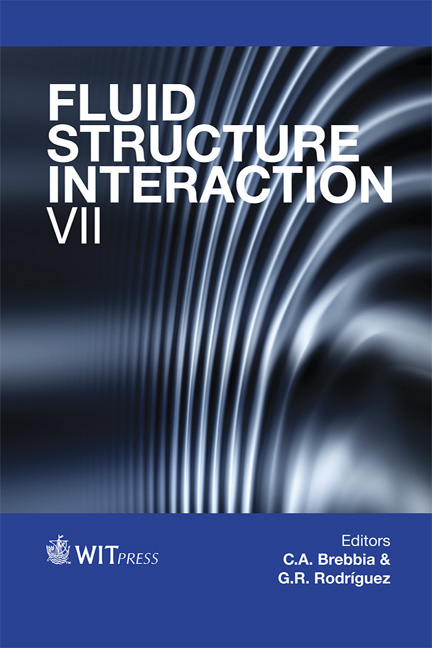Axial Length Impact On High-speed Centrifugal Compressor Flow
Price
Free (open access)
Transaction
Volume
129
Pages
10
Page Range
263 - 272
Published
2013
Size
3,274 kb
Paper DOI
10.2495/FSI130231
Copyright
WIT Press
Author(s)
P. Le Sausse, P. Fabrie & D. Arnou
Abstract
Flow computations have been performed in three different radial centrifugal compressors, focused on steady and compressible flows with steam as the fluid. Navier–Stokes equations, coupled with k-ε turbulence model, are solved by the commercial software ANSYS-CFX by means of the volume finite method. The three impellers have similar blade angles, diameter and working conditions. They differ from each other by their axial length for mechanical and industrial reasons. Analysis reveals a larger recirculation cellule for flattened impellers. Two means are used to emphasize flow separation causes and consequences. First, velocity and pressure distributions are displayed along blade pressure and suction sides, which enables us to discover a large velocity difference between both sides, especially close to the impeller shroud. The velocity gap creates viscous stresses and involves an increase of turbulence kinetic energy which is clearly visible on meridian and blade-to-blade planes. Second, velocity vector projections on a circumferential plane show the presence of an undesirable secondary flow, source of vortex and flow separation. This analysis describes the impact of axial length on flow separations and efficiency. Keywords: centrifugal compressor, radial impeller, steam, jet-wake, flow separation, recirculation, secondary flow.
Keywords
centrifugal compressor, radial impeller, steam, jet-wake, flow separation, recirculation, secondary flow.





